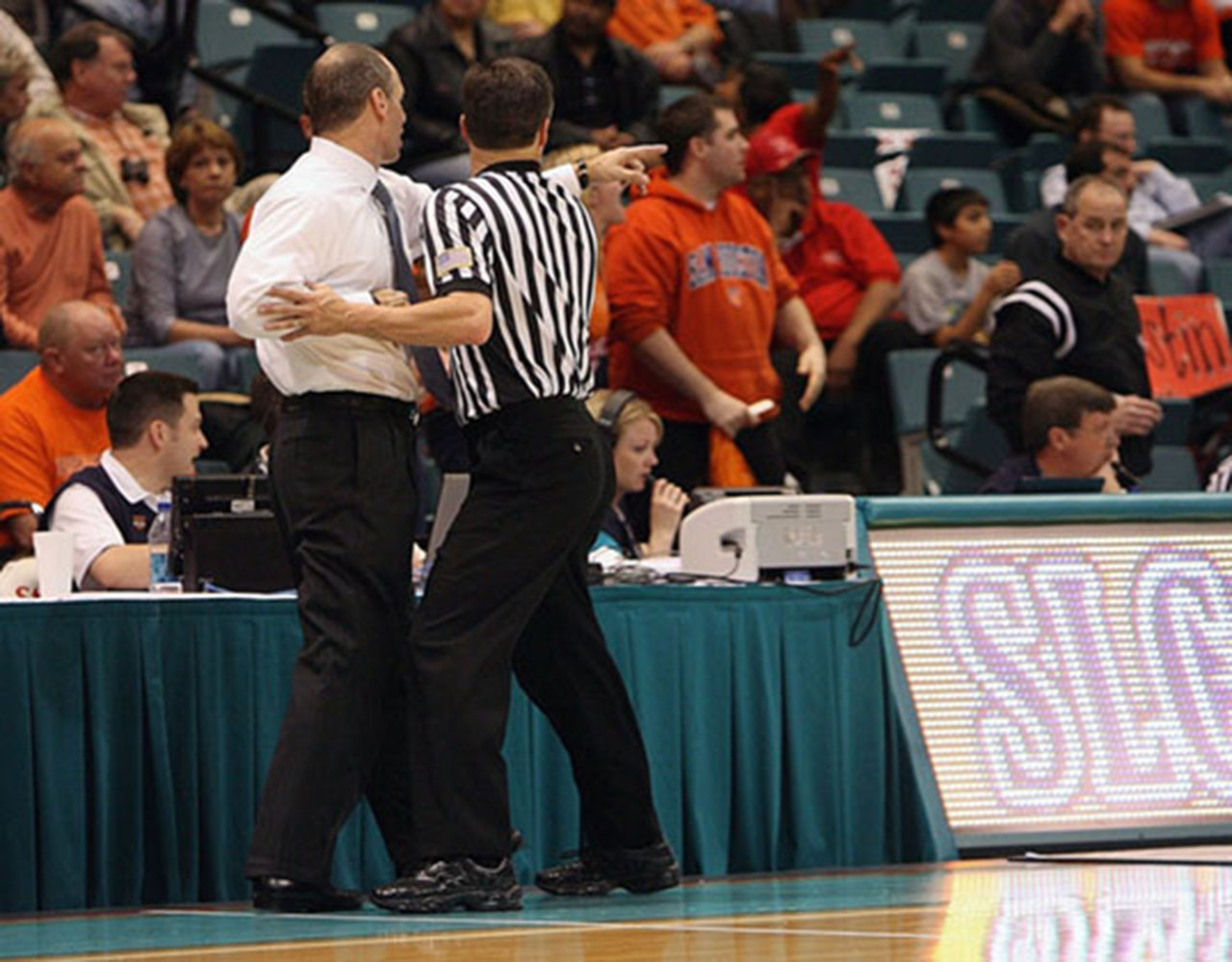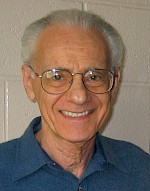Coaches Have Their Own Needs

Published
Sport psychology offers many suggestions for providing psychological services for athletes who need assistance with problems in performance, communication, time management, transitions, relationships and health issues. Unfortunately, the same volume of interest has not been shown in attending to similar problems and needs of coaches. Although sport psychology does offer programs and techniques for coaches to deal with student-athlete well-being, there is relatively little about how coaches themselves can be helped to cope with the stresses of coaching and still meet their own needs.
Psychological Needs
Coaches are performers, educators, administrators, leaders, planners, motivators, negotiators, managers, and listeners, but they are also people. As such, they bring to their roles and tasks fundamentally the same psychological needs as other professions. These needs include security, self-worth, identity, autonomy, mastery, intimacy, belonging, and a sense of meaning or purpose. It is important to understand how significantly these basic human needs influence coaches' performance.
When a team does well, most coaches feel good about themselves and may experience a significant increase in their self-esteem. Some coaches also find satisfaction in how they go about coaching, not just in winning. When challenged by planning for a difficult competition, coaches have an opportunity to experience their sense of mastery. Their need to belong may be satisfied by being part of a closely-knit organization, although some coaches would not have this need high on their list of priorities. In addition, teaching athletes new skills, tactics, strategies, and values can be highly satisfying and beneficial to a coach's sense of self-worth.
Psychological needs are just as fundamental to growth as physical needs. Unless both are met adequately, growth may be impaired. One approach that can be used to improve the experience of coaches is to increase their self-awareness.
Self-Awareness
Self-awareness involves knowledge of one's own behavior, thoughts, feelings, needs and wants. It can lead to a fuller knowledge of oneself, and a greater appreciation of one's complexity and wholeness. A major advantage of such knowledge is an increased ability to be in charge of oneself, enabling individuals to be less distracted by their own feelings, wants, and values, and better able to respond to others effectively. It is important that self-awareness be non-judgmental. Within each of us is the capacity to observe what we do, what we think, what we feel, and what we want. This observer part of us neither approves nor disapproves. It does what is called "neutral noticing:" no criticism, no reprimand, no disapproval, and no judgment.
Self-awareness can lead to improvement in coaching performance. Without it, feelings can surface in unexpected or undesired ways. For example, unawareness of fear can lead to controlling or dominating behavior. Unawareness of guilt or shame can result in defensiveness or blaming others. Consider coaches who might realize that their plan did not work, but to avoid feeling guilty about selecting a poor strategy, they blame their athletes for not trying hard enough. In this example, if the coaches were aware of their guilt feeling, they might choose to deal with the situation differently. Awareness of guilt might be difficult, however, for coaches who are unable to accept responsibility for their mistakes. In addition, if a coach is not aware of her or his wants, a feeling of powerlessness, or a self-perception as a victim can result. When coaches forget why they coach and what they want from coaching, they may feel trapped when they face difficult situations, and be unable to see alternative choices.
Self-awareness also provides an opportunity for change. Most often, we become aware of a problem behavior after it occurs. When this happens, we may say "I see that I did that." With a commitment to change and repeated awareness of the behavior, awareness begins to occur earlier. When it is present during the behavior, we may say "I see that I am doing that right now." With additional time and practice, awareness moves earlier in time, until it is present before the undesired behavior occurs. At this point, we can say "I see that I am about to do that." When awareness precedes the behavior, a choice can be made to behave differently. This is an opportunity for change and is represented by the statement "I can do it differently."
Unfortunately, the self-awareness that is necessary to identify and manage personal concerns is often not emphasized in traditional coach education programs. Occasionally, coaches in training are introduced to the importance of self-awareness, and understanding their coping patterns. Some coach education programs even provide participants opportunities for self-examination. Self-awareness, however, is more than a one-time activity or exercise. True awareness of oneself, including the advantages and disadvantages of one's personal style, is an ongoing process that requires work and effort over time.
Because of the impact coaches have on their athletes, it is important for coaches to know their own feelings, needs, and wants, in order to be able to give priority to their athletes' needs. Gaining information about oneself should be a continuous goal, but coaches, because of the position of power that they hold, often do not get much direct feedback from players or their assistant coaches.
Psychological Barriers
In a growth and development model, a basic assumption is that we all have an inherent capacity for optimal functioning, and would be able to do so if nothing interfered. Optimal coaching is more likely to occur in the absence of obstacles. More specifically, whether a coach's task is preparing practice routines, planning game strategies, or becoming more self-aware, distractions diminish effectiveness. Just as physical barriers (e.g. fatigue, illness, or injury) can interfere with performance, so too can psychological barriers. When psychological barriers impair self-awareness, they can result in energy-draining distractions that interfere with focusing on important tasks. Barriers can arise from problems with family, administrators, colleagues, or athletes. In addition, barriers to self-awareness can develop from personal issues; that is, from the coach's own thoughts, feelings, behavior, or wants. For example, thinking barriers include self-doubt, self-criticism, low self-confidence, or perfectionism. Feeling barriers could be anxiety, guilt, anger, shame, sadness, or emotional hurt. Behavioral barriers are overworking, impulsiveness, poor communication, or giving up. Psychological barriers related to what we want include poor motivation, loss of desire or commitment, or conflicting interests.
When barriers block self-awareness, removing them can restore that awareness. Sport psychology can be helpful in accomplishing this goal.
*Adapted from an article in The Sport Psychologist, December 2004, 18, 4, 430-444, by Burt Giges and Albert J. Petitpas, Springfield College, and Ralph A. Vernacchia, Western Washington University. See original article for complete references.
Share this article:
Published in:





